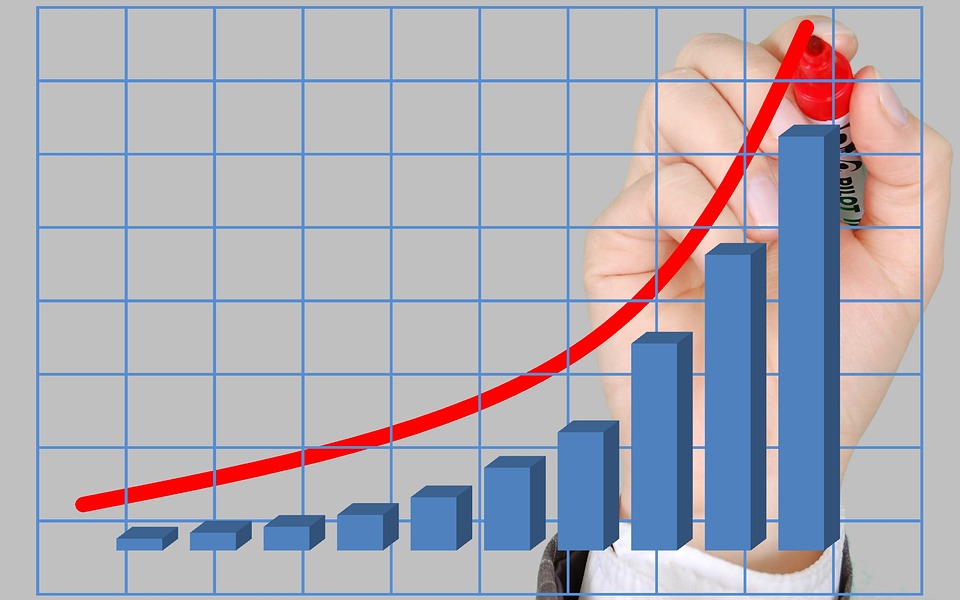You may think that you need to be a finance professional like Keith Springer to decode what you read and hear about the state of the economy. It is true that there are nuances and complexities that are best left to the professionals, but that doesn’t mean that the average person should be able to understand two of the most important economic indicators that get regularly discussed in the news. You don’t need to be an economics major to understand the basics, so read on!
CPI – Consumer Price Index
The Consumer Price Index is a measure of inflation. Inflation is something that we all already understand on a basic level, when we think about how a chocolate bar used to cost 25 cents when “we were kids” and now costs a dollar or more. Inflation is not about the value of things increasing over time, but is rather about the value of our money decreasing over time. Put differently inflation captures the fact that our money can no longer buy the same amount of chocolate as it used to, not because the chocolate is more valuable (maybe because it has become very scarce) but because the purchasing power of our money has fallen. So, the CPI tells us something about the value of our money rather than about the price of things. This is important because over time it can tell us if our money is holding its value. If inflation is high, this means our money is not keeping its value, and can buy fewer chocolate bars over time. Why this matters to us is because it can affect how you decide to invest your money. If you invest in something, like a bank account, that pays a return that is less than the rate of inflation, you will actually end up losing money, even if the amount of money in your account goes up over time. This is because the money you have can buy less rather than more over time.
Interest Rates
Every time we turn on the television we hear about interest rates – for loans, for cars, for credit cards. But what does this really mean? Basically, and interest rate can be thought of as a price that we as consumers pay to borrow money, or that we as investors will earn when we lend our money to someone. Put differently, the interest rate reflects the cost of borrowing money. When interest rates are high, this means that it is more expensive to borrow money to buy a home or car or to take some other loan. It also means that we get a higher return on our investments. The most important thing to know about interest rates is whether they are stable or if they are expected to increase or decrease. This will have an impact on our decisions to make major purchases that we need to finance. If interest rates are stable, no matter what the rate, then we can predict what it will cost us to borrow for a home or car. If interest rates are volatile, then we may decide not to make a major purchase on credit because we may end up paying a great deal more than we expected.
Neither of these indicators tells us the complete story, but taken together they can tell us important things about the state of the economy which can help us to make informed decisions about how to spend, save and invest.
